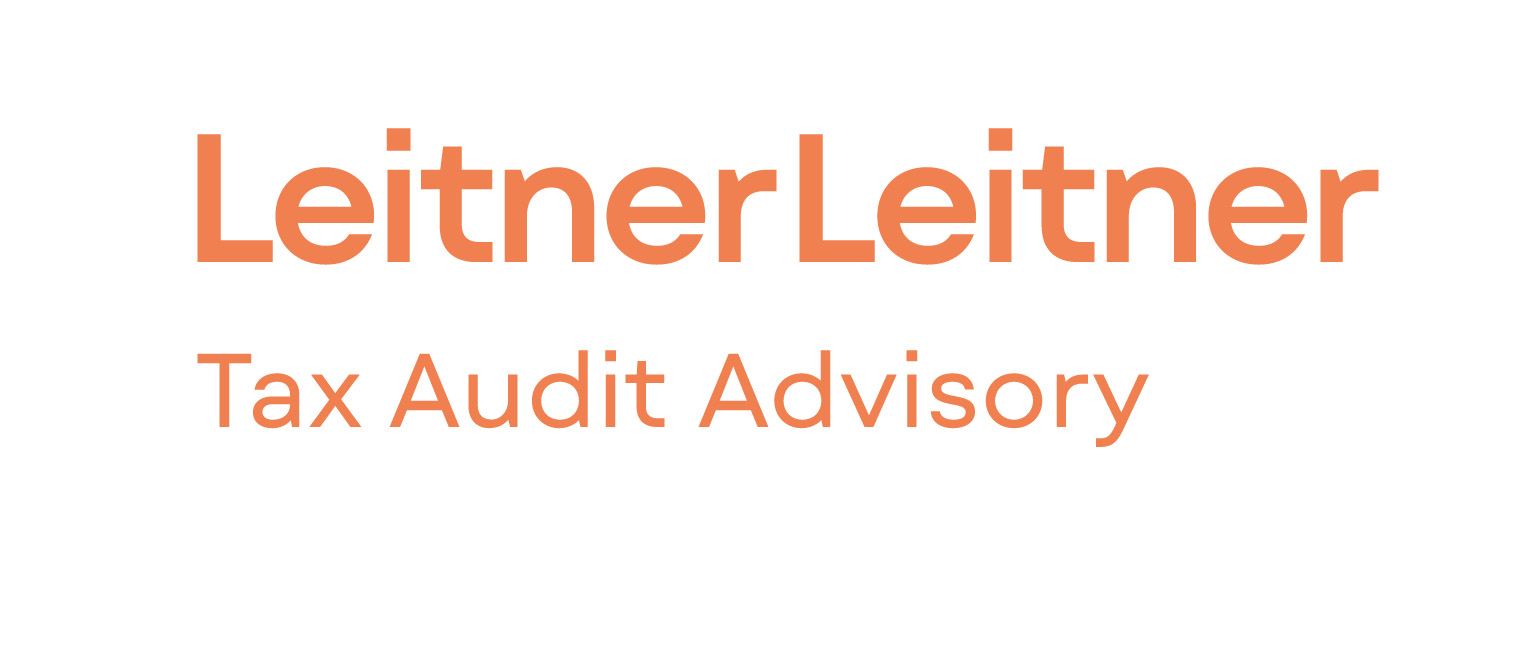- The primary aim of this regulation is to encourage digitalization within freight transport and logistics.
- By doing so, it intends to:
- Reduce administrative costs.
- Enhance enforcement capabilities of competent authorities.
- Improve the efficiency and sustainability of transport.
- Challenges Addressed:
- Currently, a significant amount of freight transport information is exchanged in paper format.
- This paper-based system results in:
- Administrative burden for logistics operators.
- Additional costs for logistics operators and related industries (such as trade and manufacturing).
- Negative environmental impact due to paper usage.
- Uniform Legal Framework:
- The absence of a uniform legal framework at the Union level has hindered progress toward simplification and efficiency in information exchanges.
- This regulation establishes a common specification for competent authorities to accept relevant freight transport information in electronic form.
- By doing so, it facilitates communication between competent authorities and economic operators and promotes uniform business-to-business electronic communication across the Union.
- Key Provisions:
- The regulation outlines requirements related to electronic freight transport information.
- It sets standards for the acceptance of electronic documents by competent authorities.
The goal is to streamline processes, reduce paperwork, and enhance overall efficiency.
Source eur-lex.europa.eu
Latest Posts in "European Union"
- ECJ Opinion Sheds Light on VAT for Ancillary Services in German Accommodation Sector
- Briefing document & Podcast – C-409/04 (Teleos): Physical Movement & Supplier Due Diligence Key for Intra-EU VAT Exemption
- EU boosts tax cooperation with Andorra, Liechtenstein, Monaco, and San Marino
- Briefing document & Podcast: ECJ C-271/06 (Netto Supermarkt) – VAT exemption granted if fraud undetectable with due commercial care
- Switch to New EU Portal for Customs Applications and CBAM Access Starting 2026














